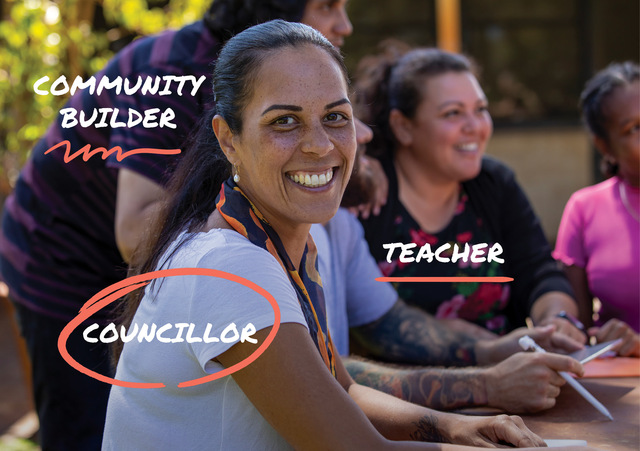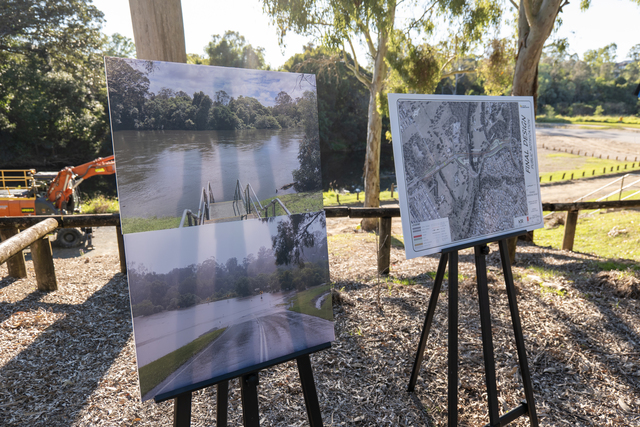Improving stormwater quality from tropical catchments draining into the Great Barrier Reef is a major challenge. The Commonwealth Government’s Clean Seas Program and Urban Stormwater Initiative are assisting Townsville’s new approach to managing stormwater pollution in tropical conditions.
The Commonwealth is providing a million dollars to clean up the Ross and Louisa creeks. Both creeks discharge to Cleveland Bay, part of the Great Barrier Reef World Heritage Area and a dugong protection zone.
The 1998 Reefs at Risk Report identified Cleveland Bay as a “high risk” location. It is the only part of the Great Barrier Reef Marine Park where urban development is the major source of pollution.
A Lake system located in the upper Ross Creek catchment has recorded the highest levels of Anabaena algal density in Australia. This is an indictment of past stormwater management practices.
The Creek’s banks and lowlands were often used as illegal dumping grounds. Today, contaminants leach into the waterway with stormwater discharges. Obsolete railway marshalling yards are another stormwater pollution hot spot.
Some of the trial remediation approaches include inexpensive filtration of stormwater and various field sediment treatment techniques using environmental friendly catalysts and absorbents to remove heavy metal and organic contamination.
Stormwater and sediment filters and treatments at five pollution hot spots will function differently according to the type of contamination identified and will remove pollution ranging from litter, heavy metals and organics to toxic leachates.
The consortium improving water quality includes Townsville City Council; the Central Business District Taskforce; Townsville Port Authority; Queensland Rail; BHP Cannington; Australian Trust for Conservation Volunteers; Sunfish and community catchment groups.
In Louisa Creek, Townsville City Council will construct small treatment wetlands, each tailored to specific design constraints.
Those constraints include a long dry season; low lying catchment; limited ground or surface water storage; narrow residential and industrial drainage corridors; and tropical monsoon events.
Wetlands will be spaced along the watercourse to split the contaminant load and enhance fisheries habitat values. They will also have major bypass channels to cope in cases of intense storms.
Discouraging large birds is priority under nearby aircraft flight paths. Designs will also need to incorporate features to encourage fish breeding and migration.
The success of the Louisa and Ross Creek initiatives could revolutionise stormwater management in tropical areas.
“There is no other council program like this in Australia,” said Senator Robert Hill at the project launch.







